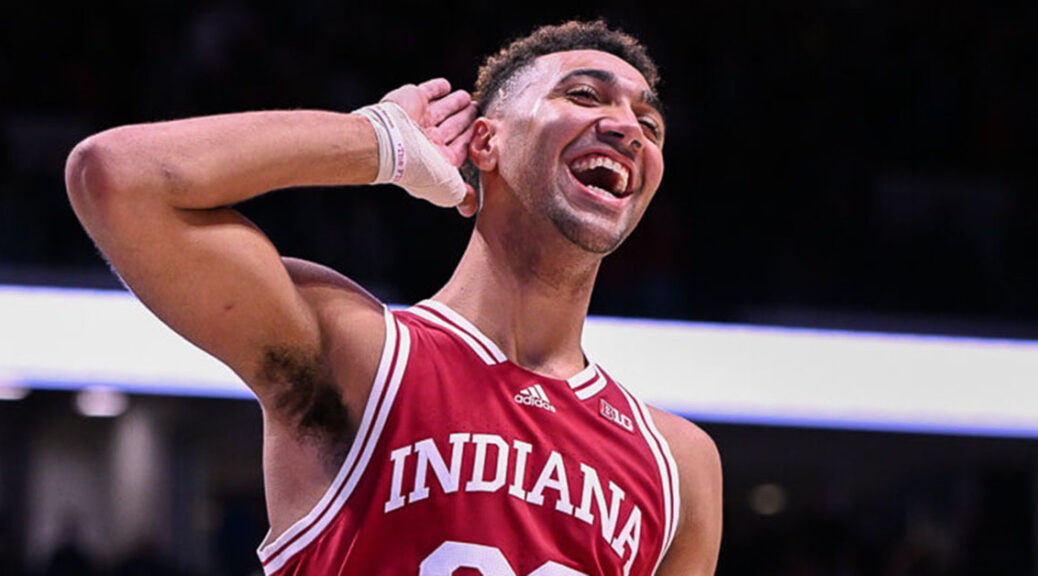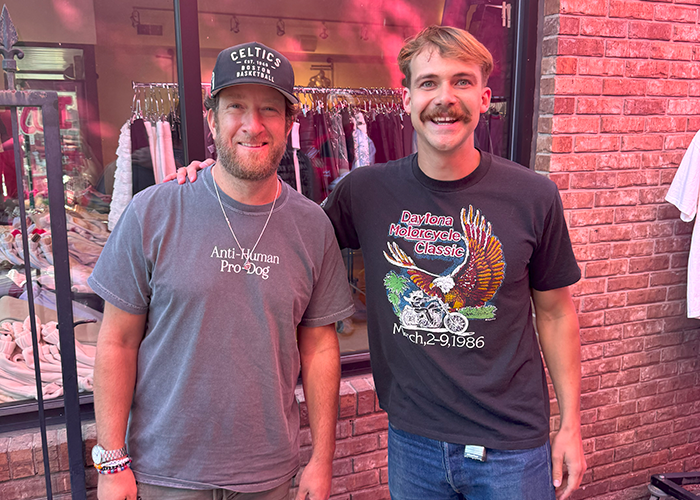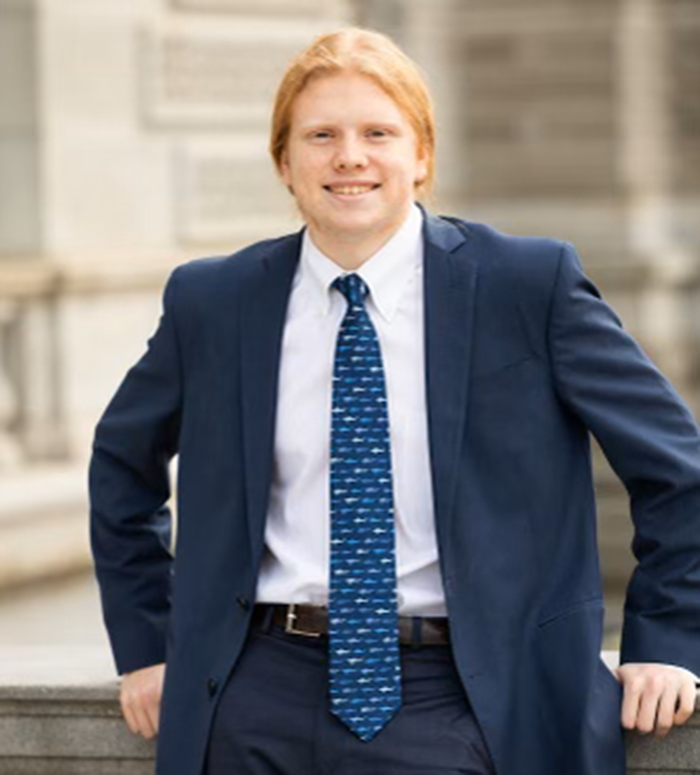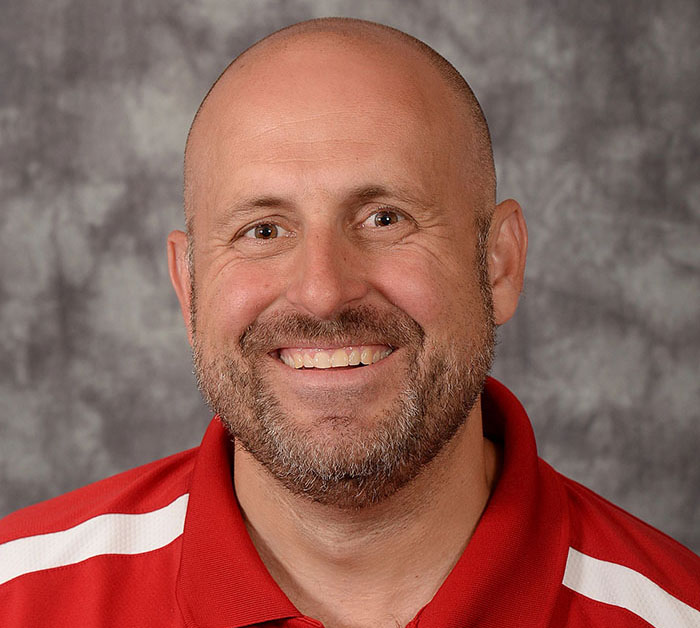
Under the Radar: How College Athletes Made Money Before NIL
By Cassidy Roche, Alex Gastineau, and Peyton Cripe
BLOOMINGTON, Indiana (Nov. 5, 2024) – Before the NCAA rulings on name, image, and likeness, student-athletes devised creative ways to make money and avoid violations.
As of 2021, college athletes can profit from their NIL and are given opportunities to earn what they would have made in the past. Historically, these athletes would have been fined if they were found profiting from their NIL. Therefore, they came up with ways to pocket some extra cash in a way that wouldn’t get them in trouble with the NCAA.
Trey Humphrey, the owner of Hoosier A1 Vintage, has been working under the radar with student-athletes by helping them avoid these violations from 2020 to 2021. However, it wasn’t easy and came with many challenges. “Obviously dealing with athletes before that time as a business was… completely different because you couldn’t have them promote your business,” Humphrey said. Colleges would flag an athlete for attempting to use their likeness if they made any sort of wage. This led to Hoosier A1 Vintage receiving cease and desist orders from IU for having athletes show up to advertise the business and appear in promotional material.

Humphrey also aims to help athletes start their small businesses. By partnering with these clothing businesses owned by IU athletes, he could create pop-ups as a way to sell their clothing in collaboration with his store. This way the athletes could make their own money at the Hoosier A1 Vintage pop-ups which doesn’t require using their likeness. From the NCAA’s point of view, it isn’t clear if the athlete is getting paid out or making money in some other way. “[It’s about] focusing on personal relationships, not putting money in their pockets,” Humphrey said when asked about how workflow has changed since the NIL ruling. He now, more than ever, values his relationships with the athletes instead of the monetary aspect.

Although NIL has come a long way, collegiate athletes have gotten into a lot more trouble for showing up in promotional material in the past. Turner More is an IU student and social media marketer for Red Cup News. He recalls when the head basketball coach at Syracuse, Jim Boeheim, had wins stripped away because a couple of his players were paid to coach an amateur basketball league. “I remember growing up a Syracuse fan. This was impactful to me because it seemed like these athletes weren’t doing much wrong and were doing something good for the community,” More said. Volunteering for the game was outside of the player’s media rights, which is why they got in trouble for it. These media rights are a long list of things athletes can and can’t do to promote themselves or earn money based on their NIL. Other athletes saw scandals like this and took precautions in how they made their money. There were a lot of under-the-table deals with families and promises for athletes for when they graduated, More said. Some universities would make promises like these to keep athletes from leaving and players would hold on to these deals in hopes of being able to earn extra money.
Expanding on these under-the-table payments from boosters and the universities themselves, comments from an expert on IU’s campus include more than a negative outlook on athletes not being able to make money pre-NIL. Jeremy Gray is the Senior Associate Athletic Director for Strategic Communications and Director of the Cuban Center. After interviewing him about some ways athletes in college made money before the NIL ruling, he explained that there was a lot of cheating going on. One way universities got around paying their players without repercussions was by having them work camps. Overall, he called the situation before the ruling “fundamentally unfair” for student-athletes.

When asked his opinion on athletes having to get around the NCAA to make money pre-NIL, he stayed firm in his stance. “It was unfair. Any of you can make money by being an Instagram influencer, but they can’t?” Gray said. Pointing out the fact that any college student can profit off of their own NIL if they aren’t a student-athlete wavers an argument that has been echoed across the nation. Former collegiate athletes have spoken out about how because they didn’t have the opportunity to capitalize on their NIL previously, they are frustrated and want to carry out lawsuits.
Although this is an ever-changing hot topic in the sports industry, uncovering ways that student-athletes provided for themselves opened up an opportunity to shed light on why NIL ruling is important to the athletes of today.
On Sunday, October 20th strangers on Kirkwood gave their opinions on athletes having to get around NCAA violations before the 2021 NIL ruling. The interviewees explained their stances on how athletes should have gone about making money and if it was justified.
###

